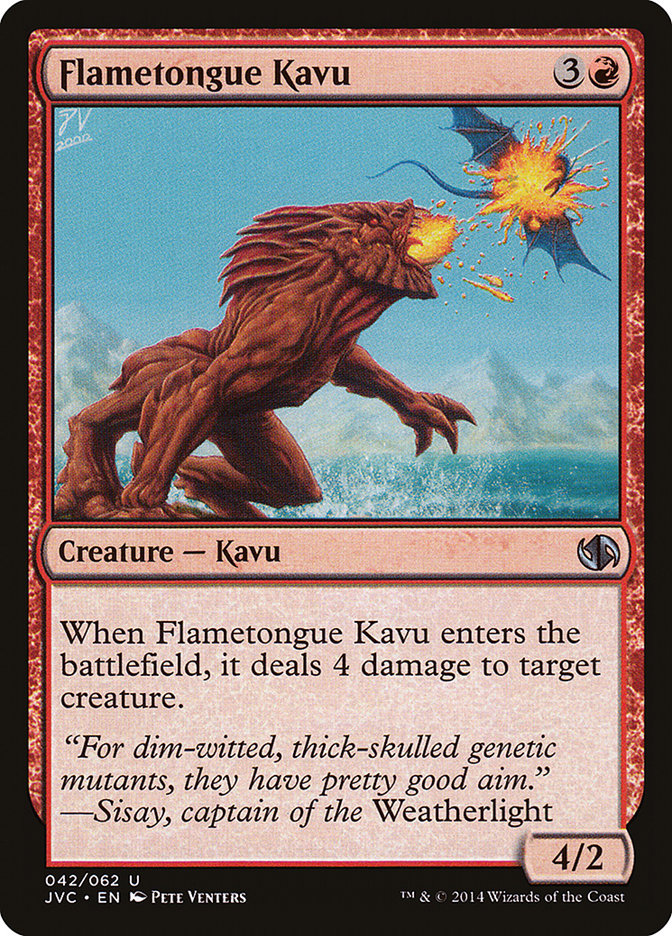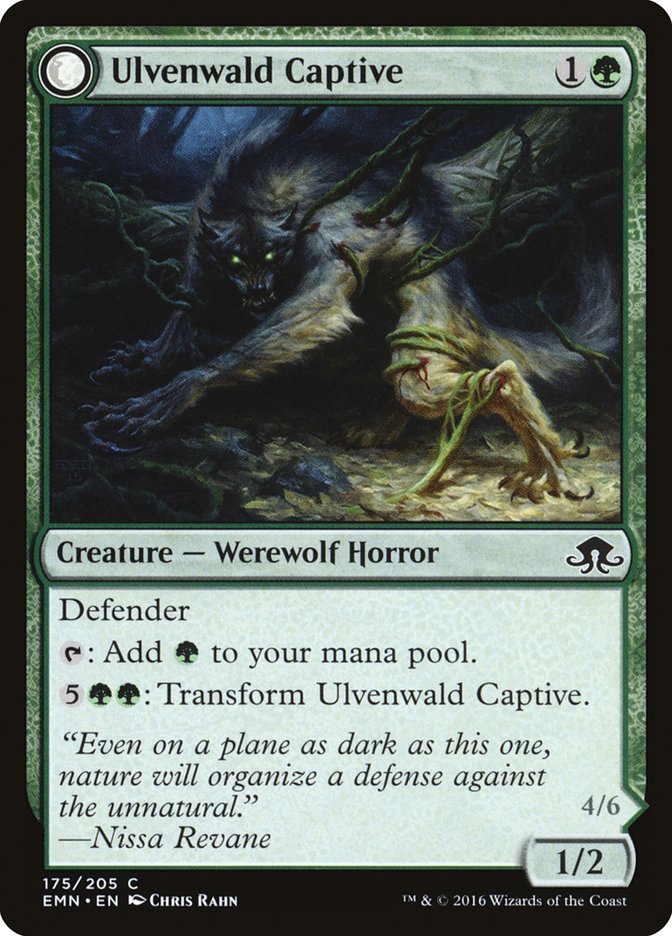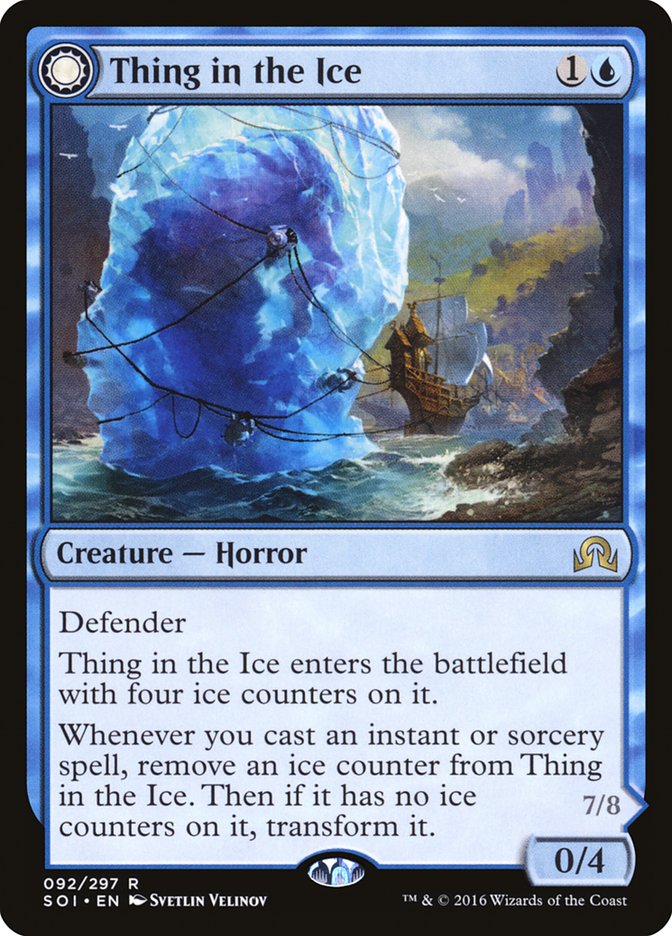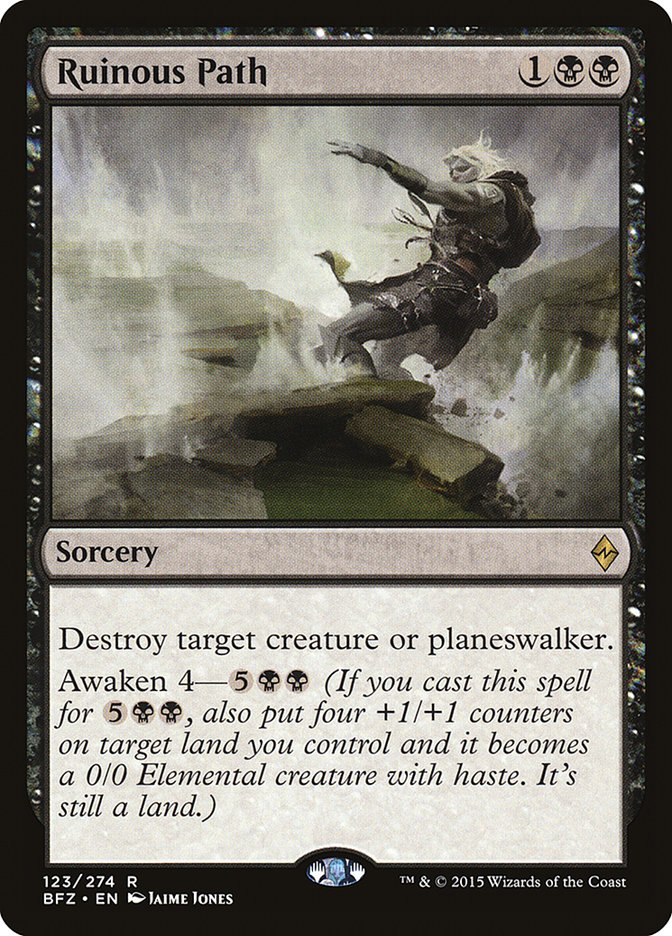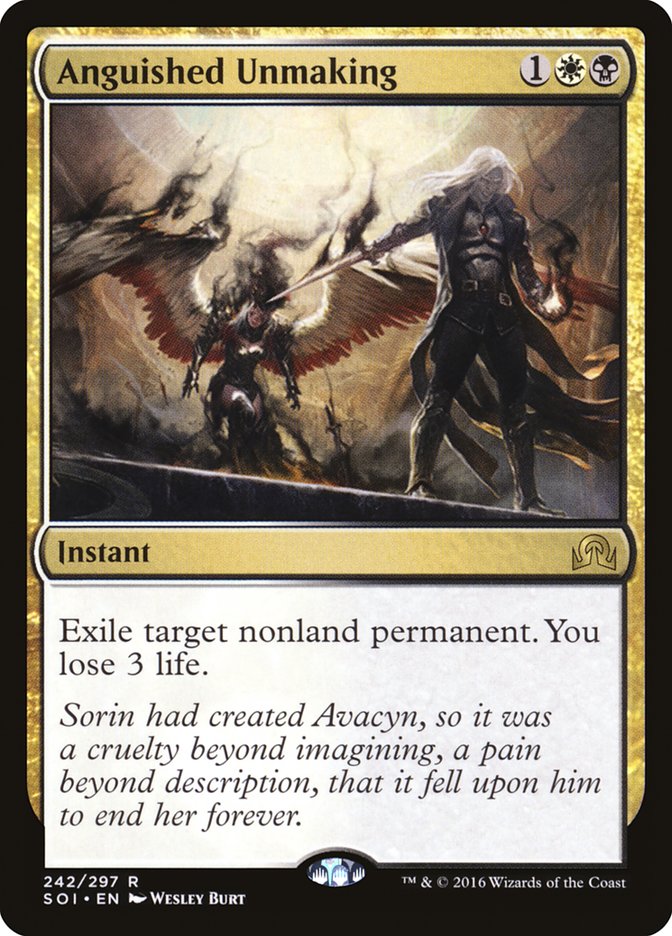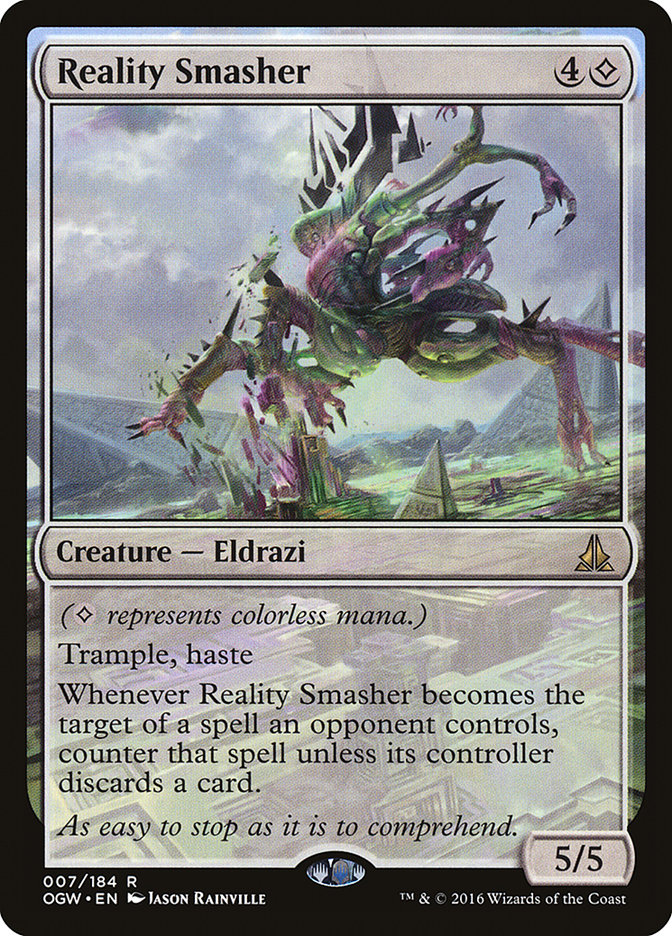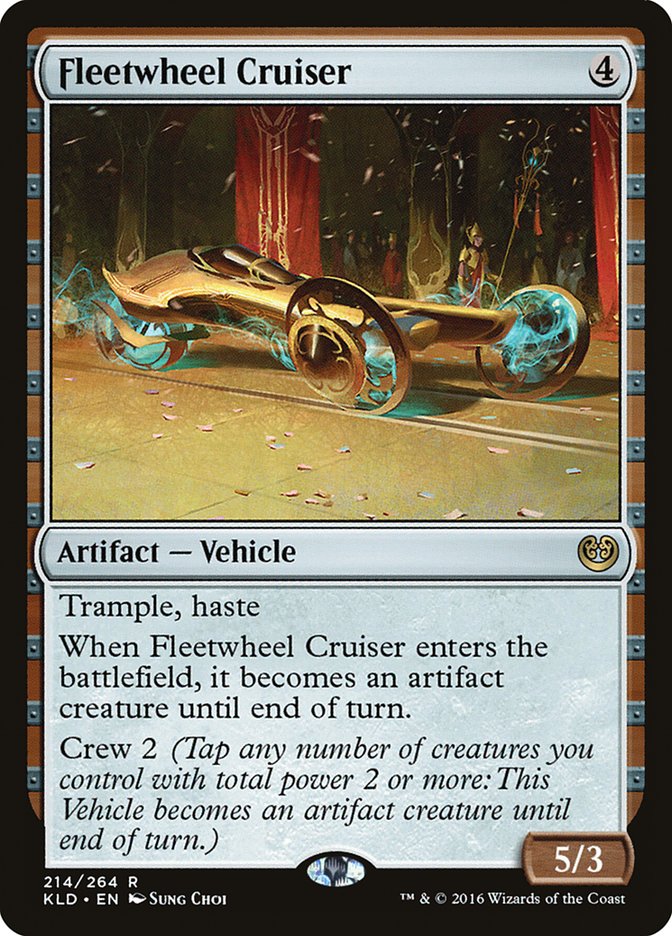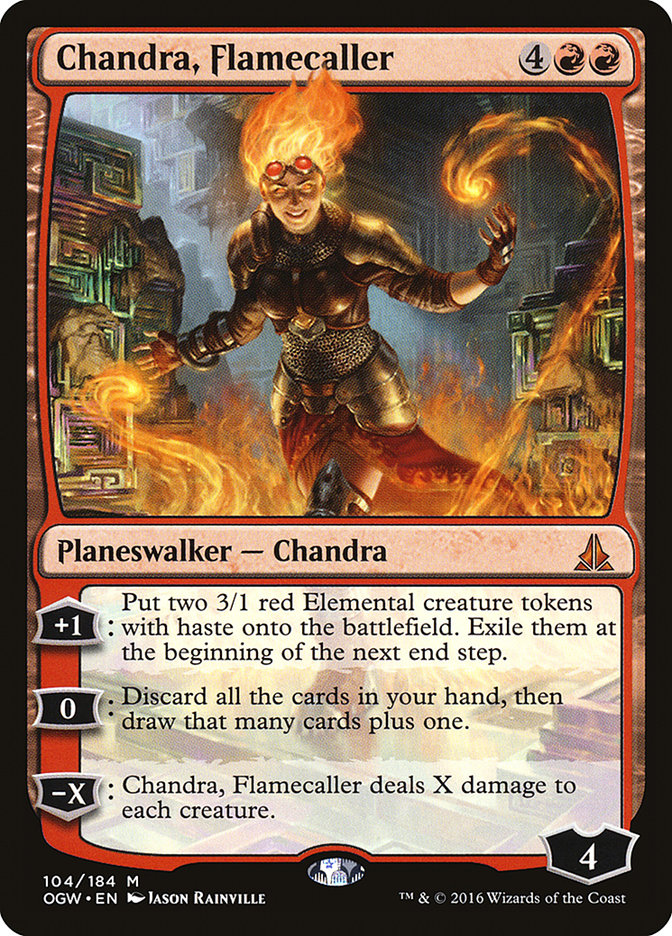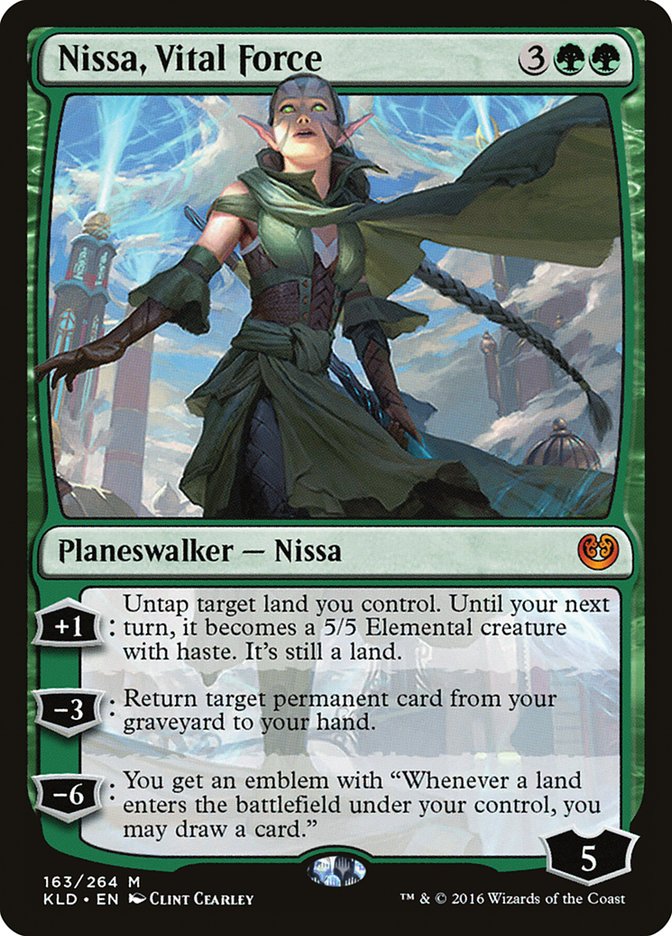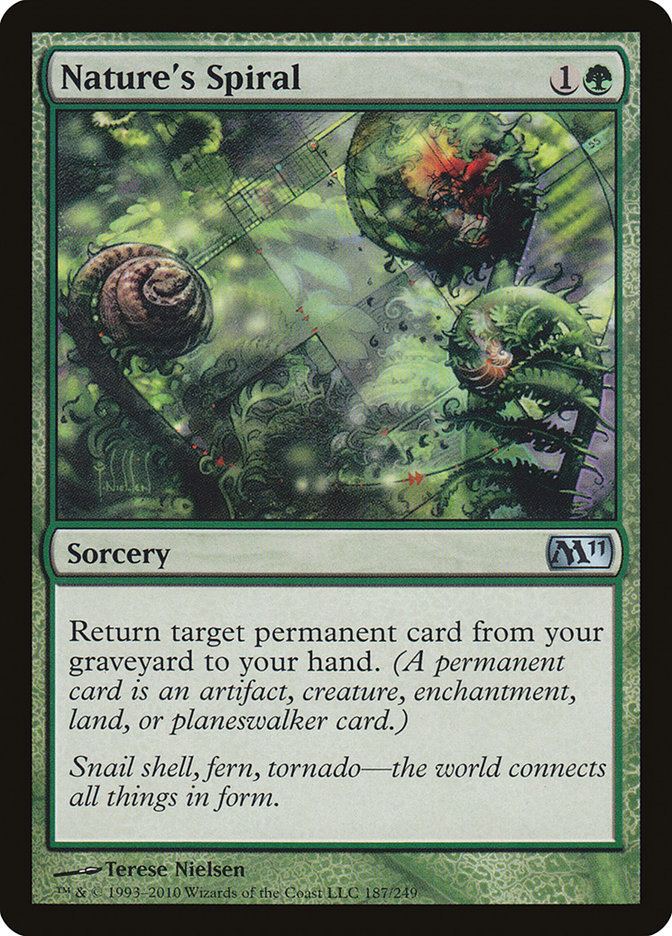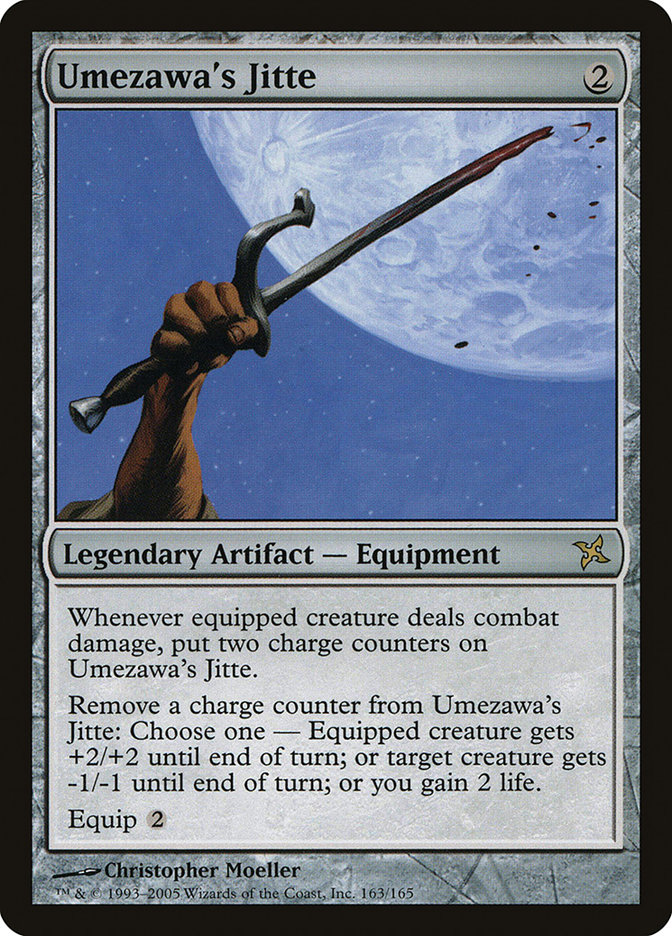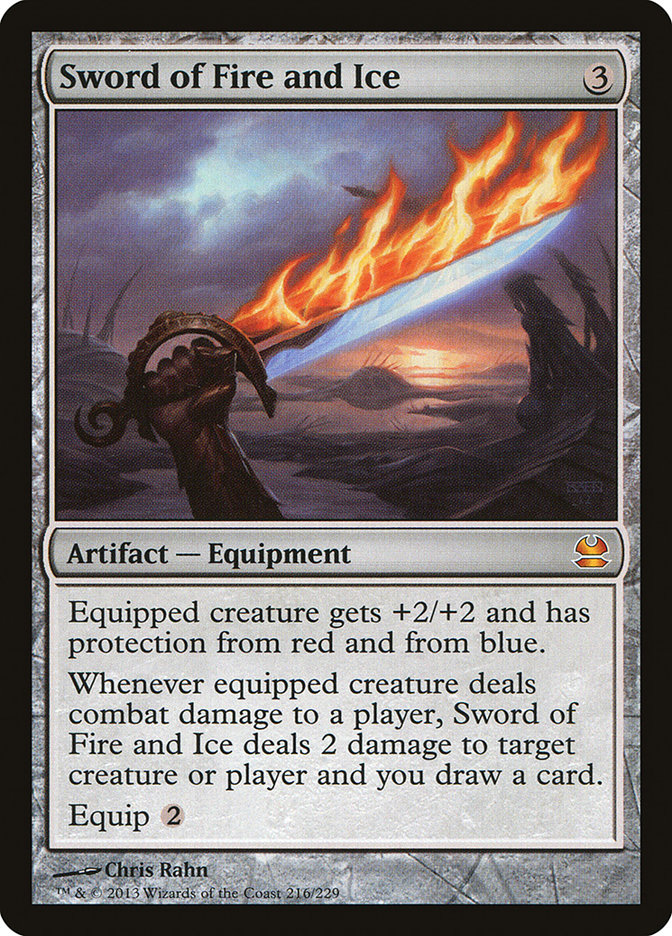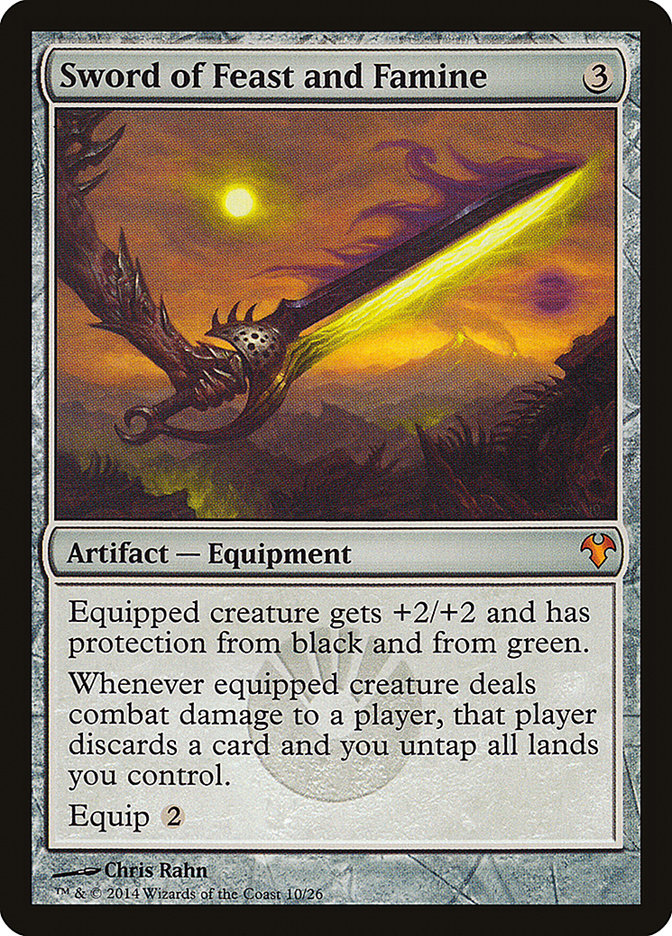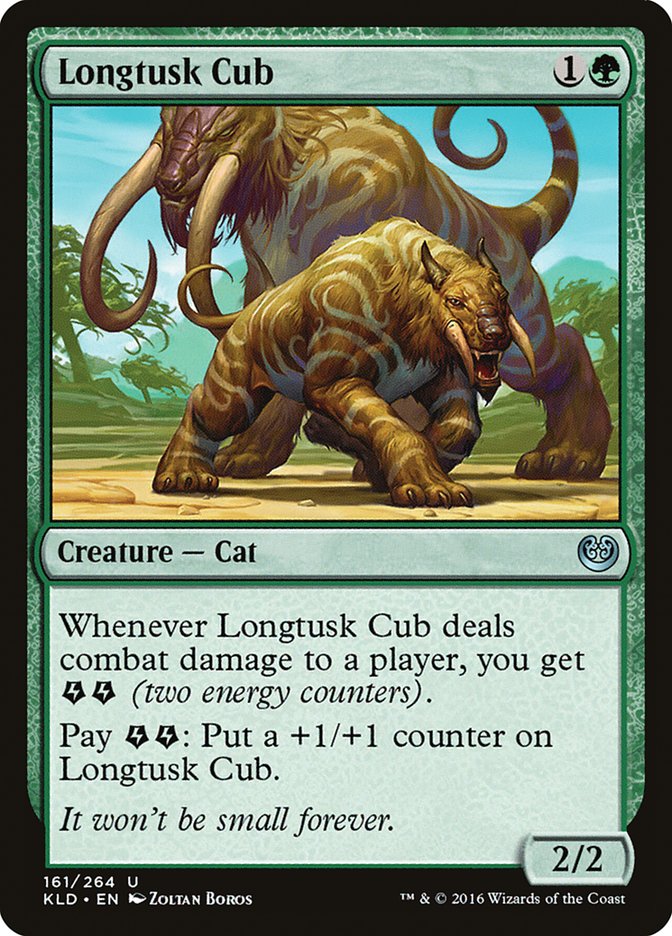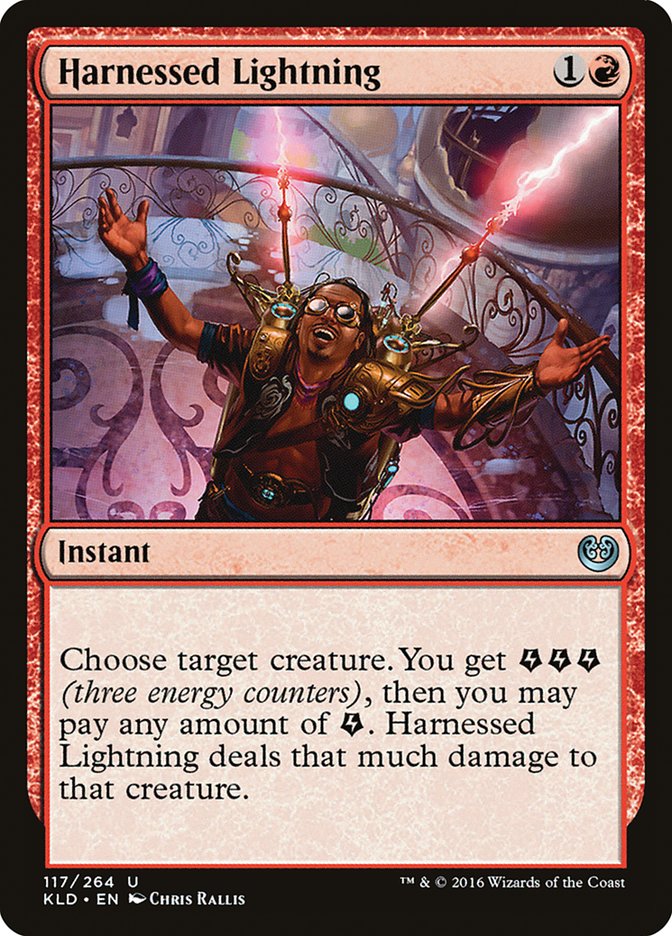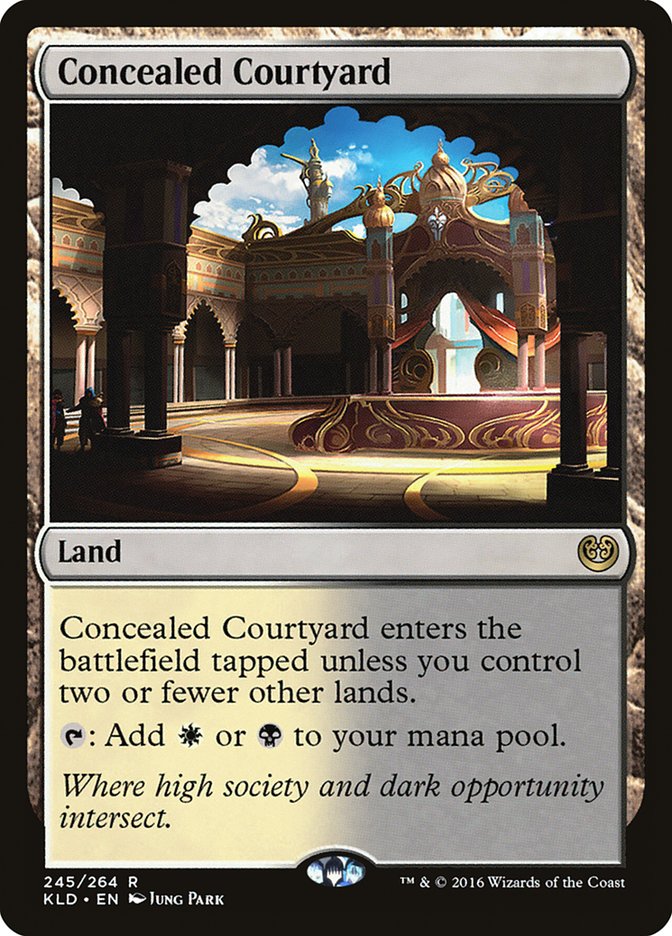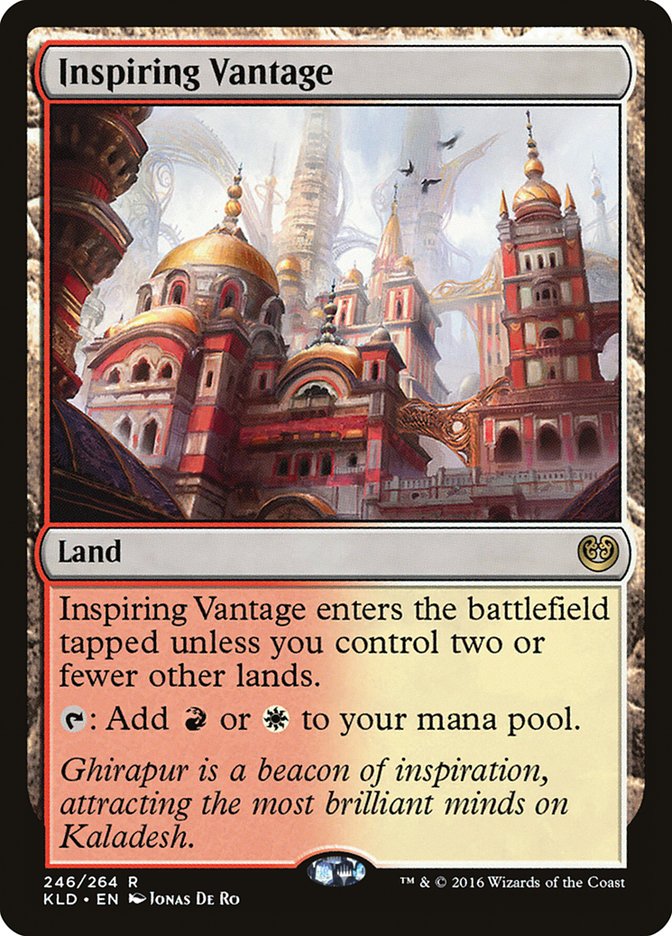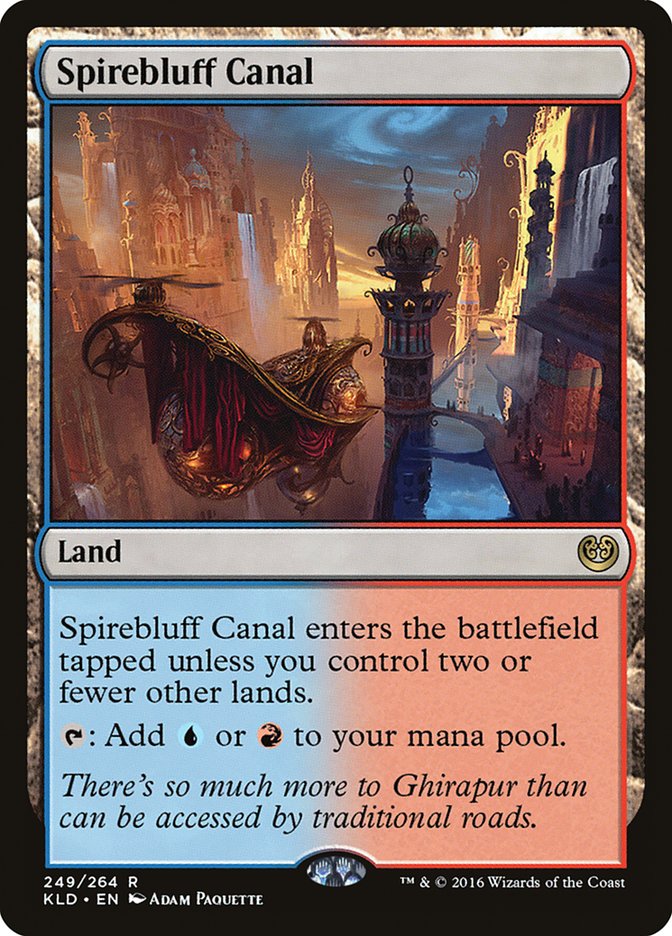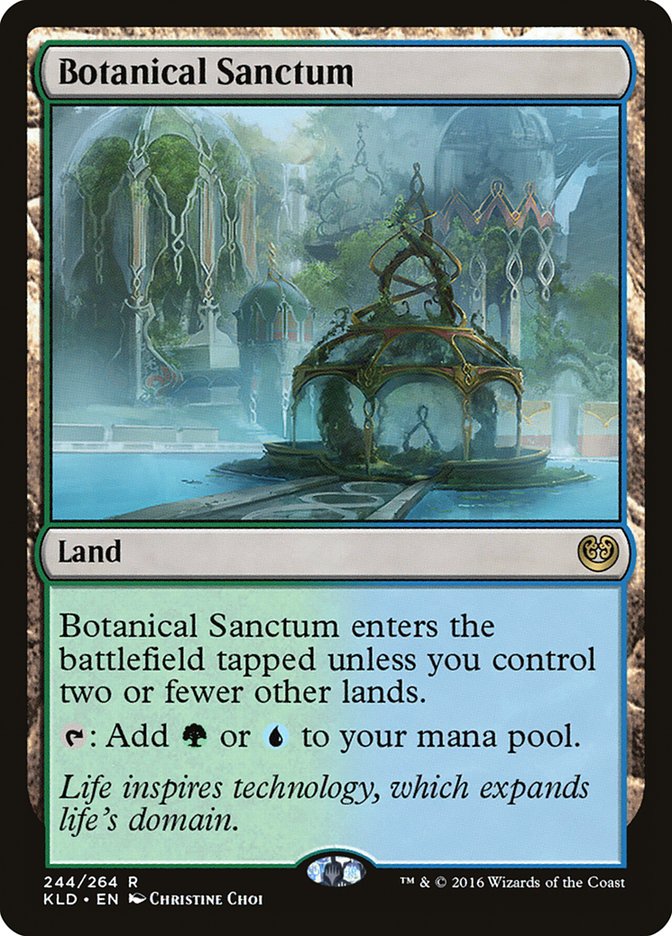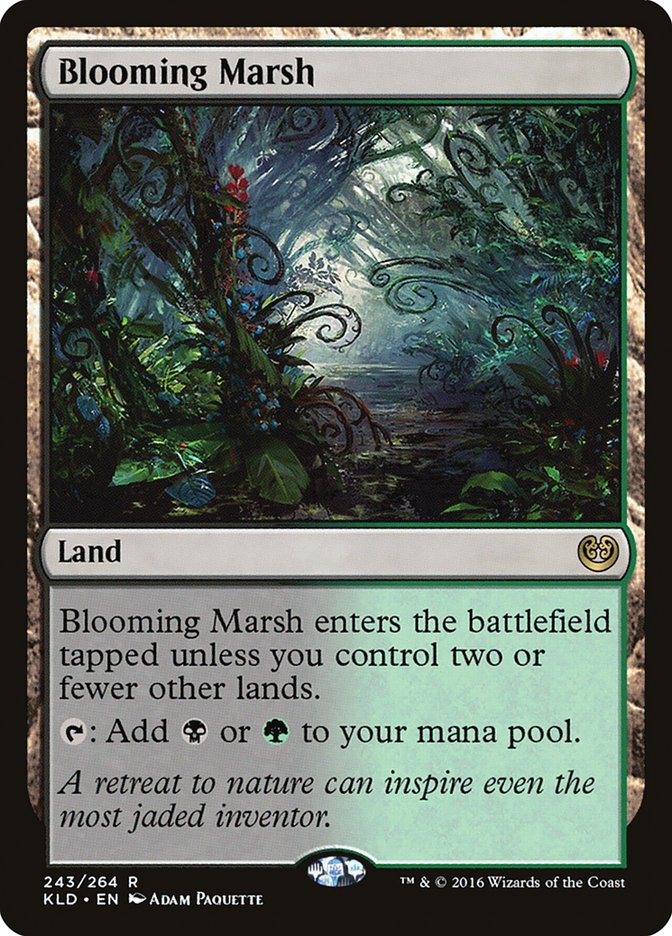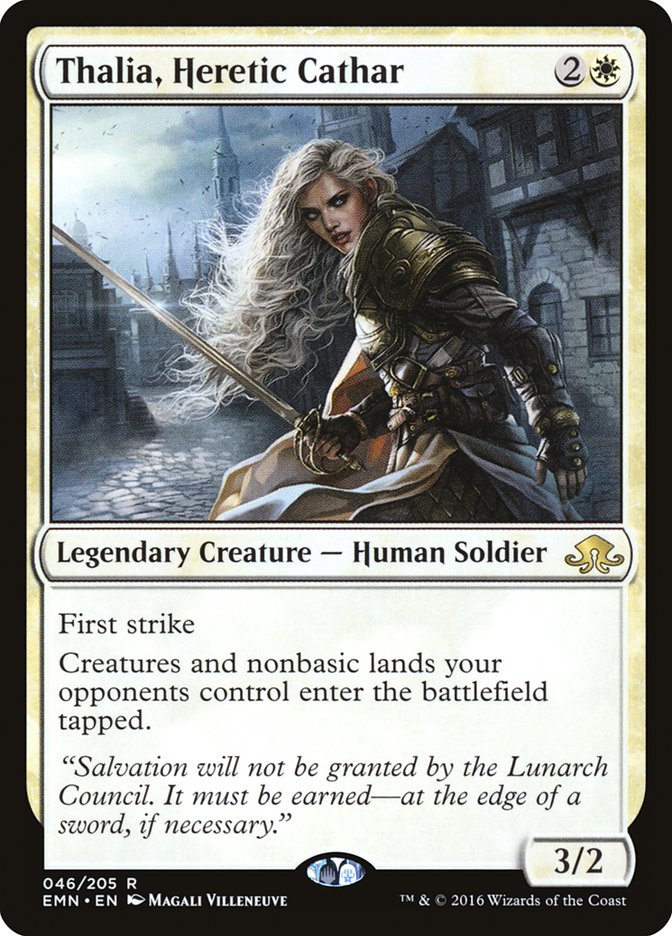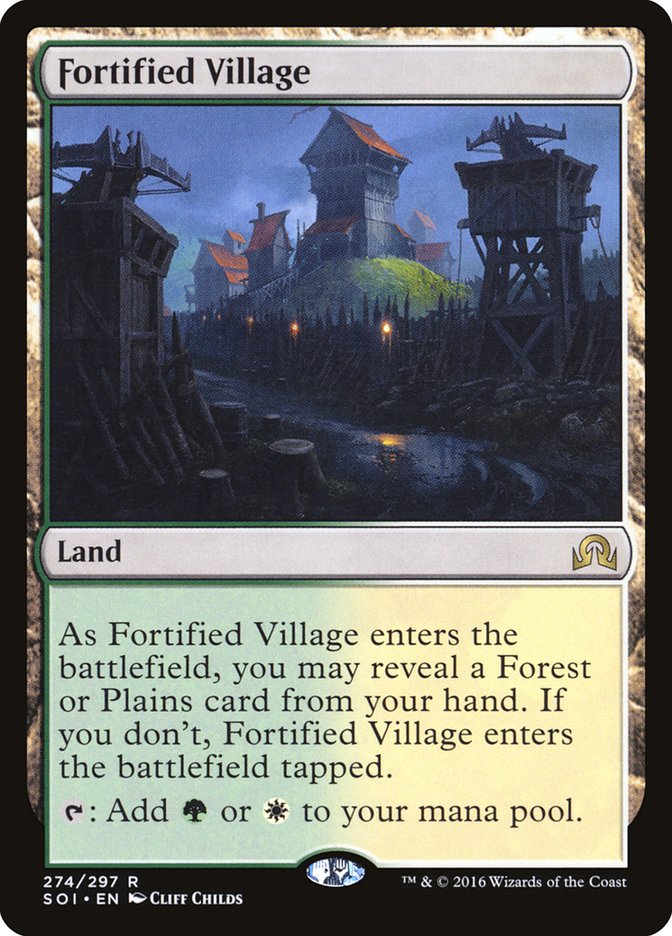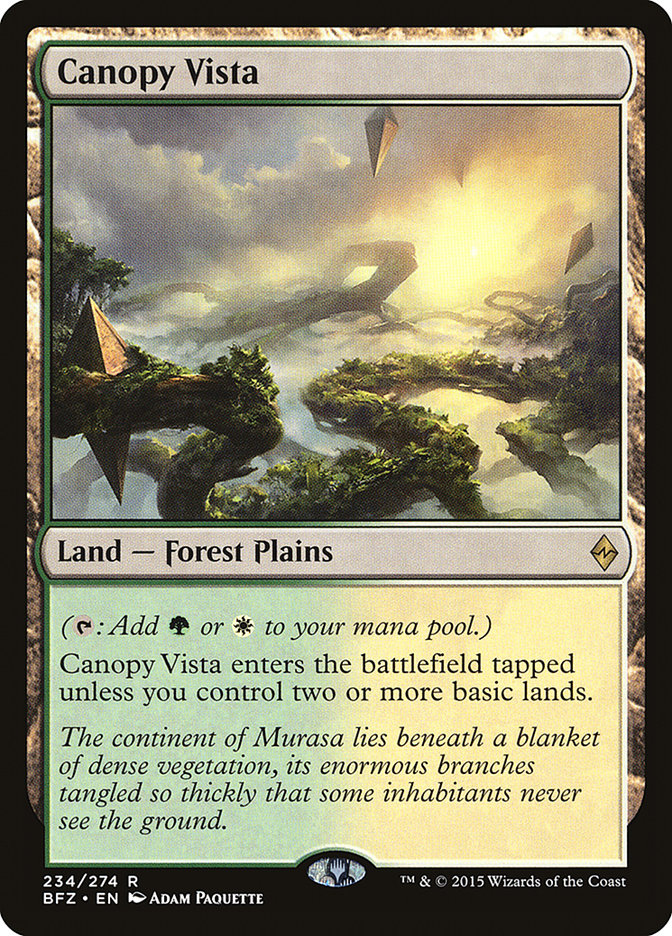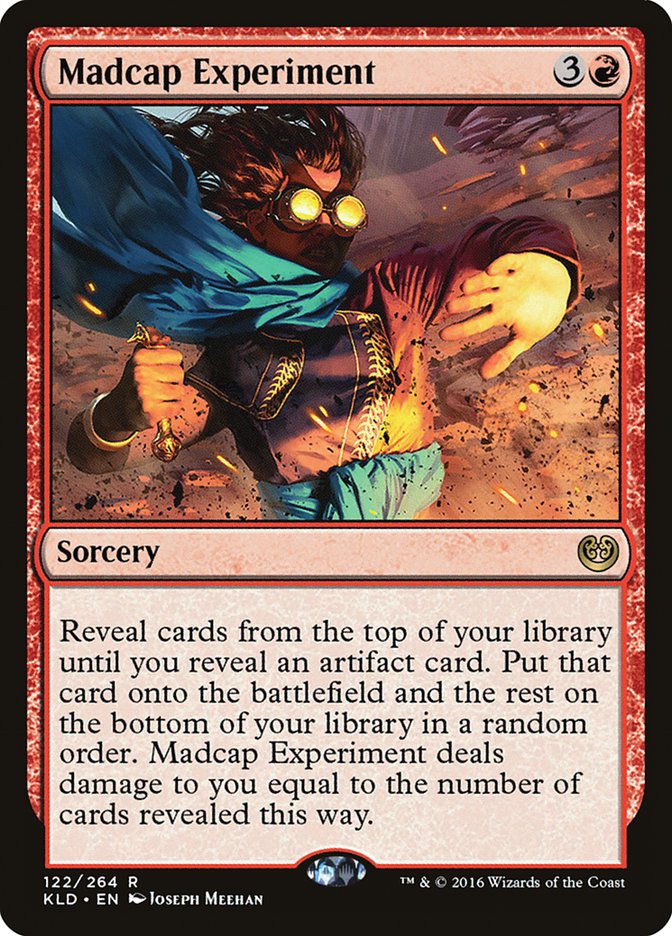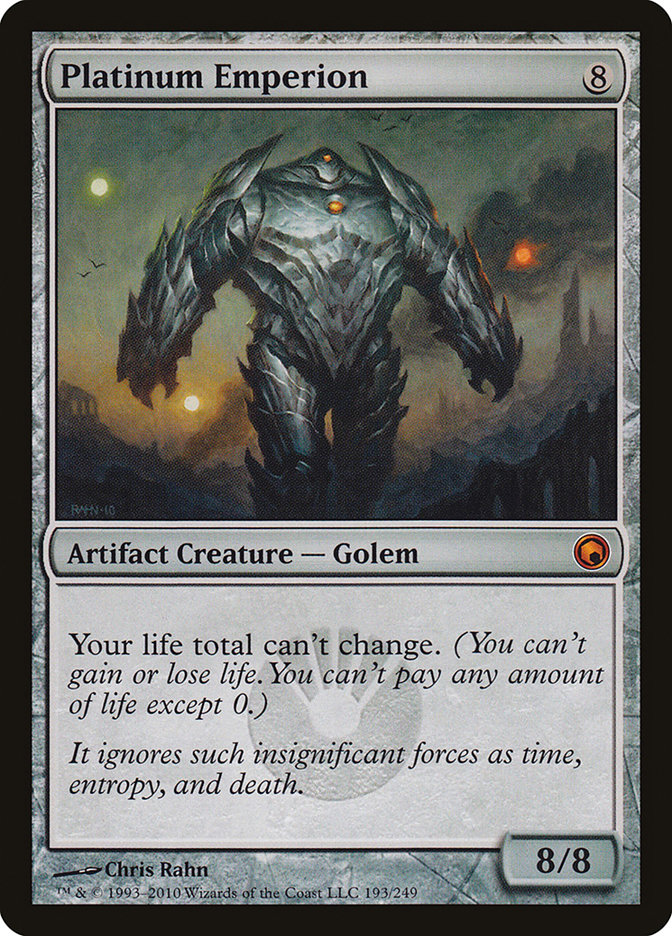Evaluating new cards is hard, and that’s one of the things that keeps people coming back to Magic. When it is all new abilities like you see in Kaladesh, it is even harder. You will fall into traps when starting to work with this set. These are the ones I’ve identified so far that seem the easiest to get stuck on:
1. You will play too many creatures that are bad against Chandra, Torch of Defiance.
Chandra, Torch of Defiance is good. It is good in so many obvious ways that everyone knows it.
The comparison to Flametongue Kavu has been made many times, but I haven’t seen enough discussion about what that actually means. If your creature lined up poorly with Flametongue Kavu, it probably wasn’t a good card. Chandra, Torch of Defiance brings a lot of the same test to the table.
One way to to fail the Chandra test is cost three or more, have four or less toughness, and not bring immediate value to the table. This likely pushes Kalitas, Traitor of Ghet into sideboards. Thought-Knot Seer, on the other hand, has an immediate effect that includes sometimes just taking their Chandra, Flamecaller. Flash is also a way to make the fight reasonable; don’t expect Archangel Avacyn or Spell Queller to go anywhere.
The other way to fail the Chandra test is to be cheap or provide small value, but be in a deck that is not good at picking off the one-loyalty leftovers. When Chandra deals four damage to a bigger creature, a lot of the value is already gained back in mana parity. If your ramp deck relies on cheap creatures and one gets Chandra’ed down, that Chandra is going to be around making mana or cards for a while and you will likely lose. This means control decks want to back away from early Walls that aren’t 4/5 Sylvan Advocates if possible, and ramp decks need to really consider what direction they are going and not half-and-half it with creature and non-creature mana sources.
Not killing Chandra, Torch of Defiance also isn’t really an option. Either the extra card each turn will run you out of cards, the mana will bury you in traction, or the rapid ultimate will kill you. If you go the creatureless route, you need some way to clear a Chandra quickly. The straight-up kill spells like Anguished Unmaking work great, as it is difficult for Chandra to +1 up a card the turn you cast it. Sadly the math doesn’t work out great for Sorin, Grim Nemesis draining on-curve here, as Chandra will get to six loyalty before turn 6, but it does manage later Chandras well.
Aside: most of the other planeswalkers in Standard trade well for the specific spot removal, leaving behind a token or putting you up a card. You still have to do it or you just die to most of them, but it’s just weirdly specific.
2. You will not play the threats that beat Chandra.
Chandra has one glaring flaw: it doesn’t self-protect against attackers it can’t activate to kill.
It turns out there are a few of those in Kaladesh Standard, and they are all good cards. Gideon, Ally of Zendikar is another top-tier planeswalker. Reality Smasher has proven itself as a threat across all formats. Fleetwheel Cruiser reads like one of the best Vehicles and is definitely pushed to see play.
Two of these cards are colorless. These are cards that should pop up in tons of decks, but I bet they won’t until people get sick of losing to Chandra, Torch of Defiance.
3. You will not be playing Chandra, Flamecaller.
Chandra, Flamecaller is the weirdest card I listed above as an answer to Chandra, Torch of Defiance. I don’t know yet how this will resolve itself, but I wouldn’t count out big Chandra just because little Chandra exists and they can’t be on the battlefield together. The fact that it attacks opposing planeswalkers so well seems very important, and the other abilities aren’t shabby either. The rotation of Collected Company makes the sorcery-speed sweeping of her –X much more effective. Being out of Spell Queller range is another big edge for a threat, and you can even use a semi-spent Chandra, Torch of Defiance to jump into an early Chandra, Flamecaller to end a game quickly.
4. You will not identify what setups make Nissa, Vital Force actually good.
Almost every conversation I have had or seen about Nissa, Vital Force includes the phrase, “She only takes one turn to ultimate!”
This is a feature, not a bug. Oh wow, we get an emblem that draws us a card whenever we hit a land drop in the future. If only we had some way to evaluate that effect…
Oh.
Why would I pay 3GG and wait a turn for that when I already have it at 2G without a wait and with a body? The emblem is certainly powerful, but it isn’t what justifies putting Nissa, Vital Force into your deck.
One part of what justifies it is that the 5/5 Elemental land kills a fresh Chandra, Torch of Defiance in one shot.
One part of it is that Nissa, Vital Force untaps the land you target, netting you a mana towards seven- or higher-cost plays.
One part of it is that the Nature’s Spiral ability lets you target other planeswalkers to chain off must-answer threats.
These are the effects you should be looking to utilize with Nissa, Vital Force. I’m immediately looking at Deploy the Gatewatch and Ulamog, the Ceaseless Hunger with this card, not necessarily the normal midrange nonsense.
5. You will ignore Nissa, Nature’s Artisan.
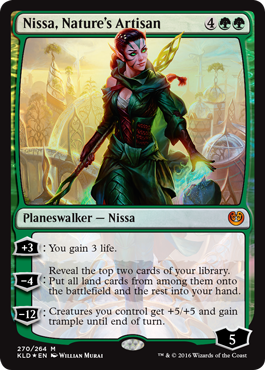
I absolutely loathe the idea of Standard-legal cards that are only available via supplementary product. Even aiming low with the cards, I’ve seen way too many accidents that suddenly shift demand of these products to the wrong place or create massively problematic cards in other games.
Nissa, Nature’s Artisan is not universally powerful, but it is pushing into the realm of Standard playability. Three loyalty and three life on the plus ability is a lot and really shuts some decks out of the game. Beyond that, you can cash in your Clearwater Goblet effect for more cards.
It is a lot of mana for a slower payoff, but it has relevant effects at decent power behind them. Don’t forget this card exists when building decks.
6. You will overvalue Vehicles.
As Sam Stoddard pointed out in his weekly design article, the closest analogue to Vehicles in current Magic is Equipment. The only difference is Vehicles are designed to not have the “annoying issue” with Equipment where they turn all of your creatures into threats.
Turns out basically every Equipment printed that was Constructed-playable operated on the principle of making all your random bodies into threats, especially your 1/1 creatures. Letting their Murder also just kill the thing boosting your creature basically negates all the upside of the effect.
Beyond the Vehicles that have an immediate impact when they aren’t Crewed and are spells with an upside, I am skeptical many of them will see Constructed play. Even if they do, they will be in very limited quantities as multiples are quite bad. One Birds of Paradise can carry two Sword of Fire and Ice, but one Lambholt Pacifist can’t drive two cars. That would just be silly.
This doesn’t mean I won’t test with the pushed Vehicles, but I’m not going to go too far out of my way to make them good if they underperform.
7. You will undervalue incidental Energy.
Let’s look at a solid Energy card like Longtusk Cub. If it was just the Slith Firewalker ability on a 1G 2/2, that would be a reasonable card. Maybe not quite Standard-level in the modern era, but close.
What if it was a 3/3 to start? That clearly is great. The vast majority of Energy cards aimed at Constructed are costed to be reasonable just based on what they bring to the table and become absurdly good with an extra stockpile.
There are a number of effects that make energy with the intent of you spending it but might let you “underpay” and still do the same thing. That incidental one or two Energy you bank each time is huge. It is the difference between a card you cast in a couple of turns being a replacement-level card or an amazing play.
Harnessed Lightning is a really interesting case study for this. I would not be surprised if there is a slight pushback against one- and two-toughness creatures because you are getting Energy valued on their spell every time that interaction happens. None of the bonuses are straight-up game-breaking, but this adds up fast. Really think about how your deck can generate and utilize leftover Energy, and consider on the other side if your deck is regularly enabling these plays from your opponent and losing ground to their follow-up plays.
8. You will not build the right curve for your enemy-colored lands.
Notice a trend with the enemy colored lands in Kaladesh Standard? They all have the words “enters the battlefield tapped” somewhere on them.
You have a small sequencing window of smooth mana in your enemy-colored decks before things get unreliable. At some point early on you want to slot in your creature-land, usually on turn 1. Then you want to slot in your fast lands soon after, and then all the basics you saved. How often does that reliably get you to five mana on turn 5? Or six mana on the turn your draw your sixth land? I don’t have an answer, but this is going to be the biggest thing to figure out with the enemy-color mana. What spells are written off because you need to cast them on time but can’t?
It isn’t all downside, though. You for sure are not playing into Thalia, Heretical Cathar by saving your basics for later or by having lands that are already tapped!
9. You will not put enough lands in your allied-color decks.
I may have overshot on how bad the Shadow lands are, but they really aren’t good if you aren’t able to play them untapped. The Battle lands are slightly better, as they don’t choke your mana up late, but they have the same issue.
Your allied-color manabases need the correct number of basic lands to thrive. This is basically non-negotiable if you want to cast spells and play games of Magic. Your land count is going to be high, not because you want to cast expensive spells and sink your mana, but because you can’t do things unless you have that many lands. Of course you will push up the curve a bit and lean towards more mana sinks because of it, but that’s the mana driving your deck and not the other way around.
The minimum I’m starting with is 25, and 26 is the likely point I’m ending at.
10. You will not plan for Platinum Emperion in Modern.
It seems like every new set comes with a new flashy thing or two to do in Modern. Oath of the Gatewatch brought Eldrazi, Shadows over Innistrad brought Insolent Neonate and Prized Amalgam, and Eldritch Moon brought fun for everyone with Emrakul, the Promised End; Grim Flayer; and Eldritch Evolution.
Kaladesh‘s first entry into this is Madcap Experiment. Gerry Thompson pointed out some of the minor ones with Soulfire Grand Master and Burrenton Forge-Tender, but the “basics” are the best here. If you cast Madcap Experiment with the only artifacts in your deck being Platinum Emperions, you just get a four-mana Platinum Emperion with no downside.
It can be put into many different decks. It takes up relatively little deck real estate. Some decks just can’t handle it. It is in the same color as Simian Spirit Guide.
I want to clarify here: this is not the next Splinter Twin. It’s just freeroll wins against a segment of the metagame. This is the kind of thing that pops up and enforces the metagame every so often, especially as it is a way to juke combos if your maindeck plan is going to be attacked or is bad in a matchup. And if your deck is cold to a Platinum Emperion, you should seriously consider not making it that way.



